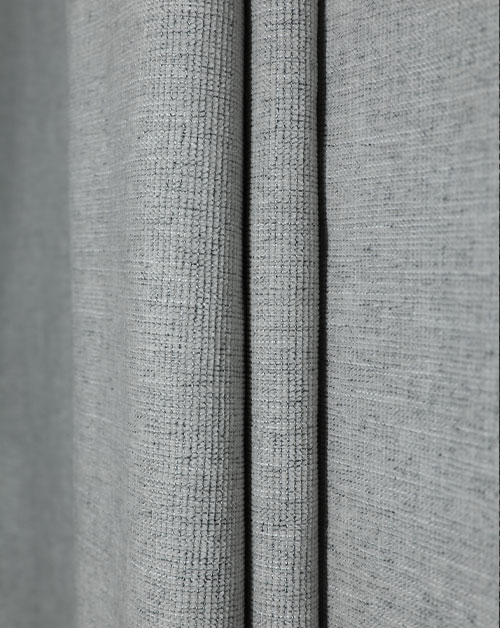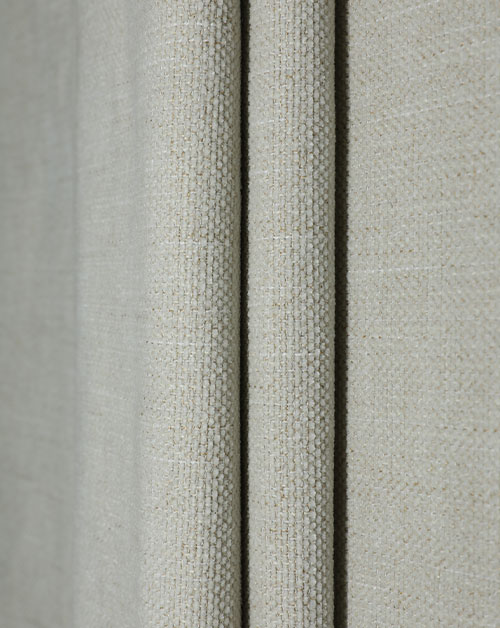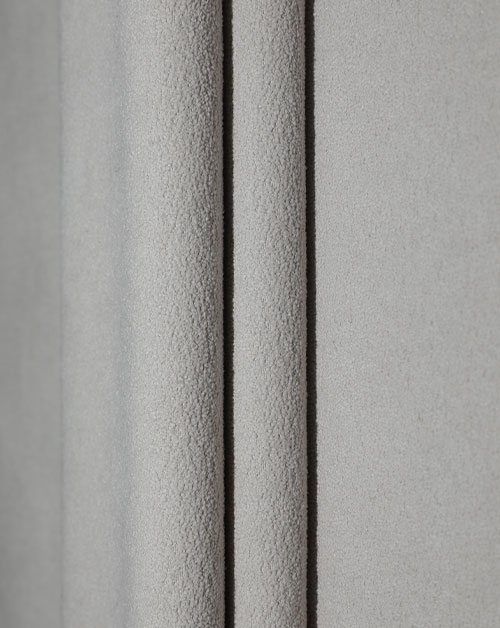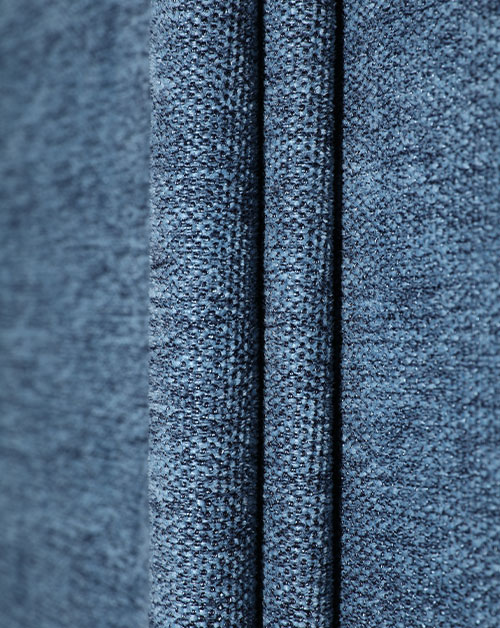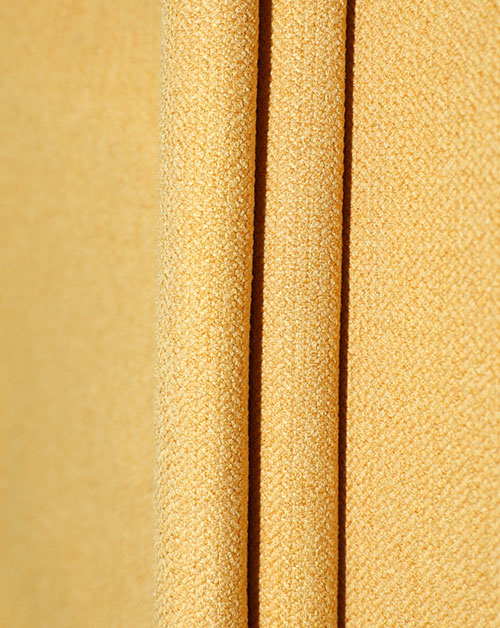This is an article about woven imitation linen fabric, which today is also called as the fabric of Royalty. It has a strong historical added value which comes along with time and has not lost its popularity.
How is it made?
Linen fabric is made from flax fibers, Linum usitatissimum. The flax plant has been cultivated all around the world. It was one of the plants domesticated by humans. The testimony was found in Egypt 6000 years ago.
To extract the fibers, the plants are either cut or pulled by hand from the ground. The seeds are removed and then the plant stocks are removed from the fibers. Once the fibers are separated to collect the longest, they are spun into yarn and then woven into the fabric.
Linen properties
Linen is one of the expensive and sought after of plant-based fabrics and it is self-evident because of many good properties and qualities.
Absorbency. Linen can absorb up to 20% of its weight in moisture. It draws heat away from the body, keeping you cooler in the warmer months and giving warmth during the cold months of the year. It has great thermoregulation.
Strength. It is the second strongest fabric after silk. Linen is about 30% stronger than cotton, making linen fabrics durable for several decades
Thermoregulation. It draws heat away from the body, keeping you cooler in the warmer months and giving warmth during the cold months of the year. it has great heat conductivity. This makes linens highly desirable for sheets, clothing, and drapery in warm climates.
Comfort. Being a natural fiber it is really cozy and comfy to wear.
Great abrasion resistance. As linen is good in strength, it also has good abrasion resistance.
Antiallergic. Because of the natural flax, there are no allergic reactions using linen and hence it is helpful in treating a number of allergic disorders.
Not electrifying. Since the line is made of flax, even a small addition of flax fibers to cloth is sufficient to reduce or eliminate the static electricity effect.
Care
Linen can be washed in a washing machine at 40°C on a gentle cycle or linen wash setting. The spin setting should be set to low.
There is no need to iron linen garments. Natural creases and crumples give linen its drapey, relaxed, soft feel. But if you love ironing - iron while the fabric is still damp. Use a medium-hot iron on the steam setting.

 English
English 中文简体
中文简体 русский
русский عربى
عربى

